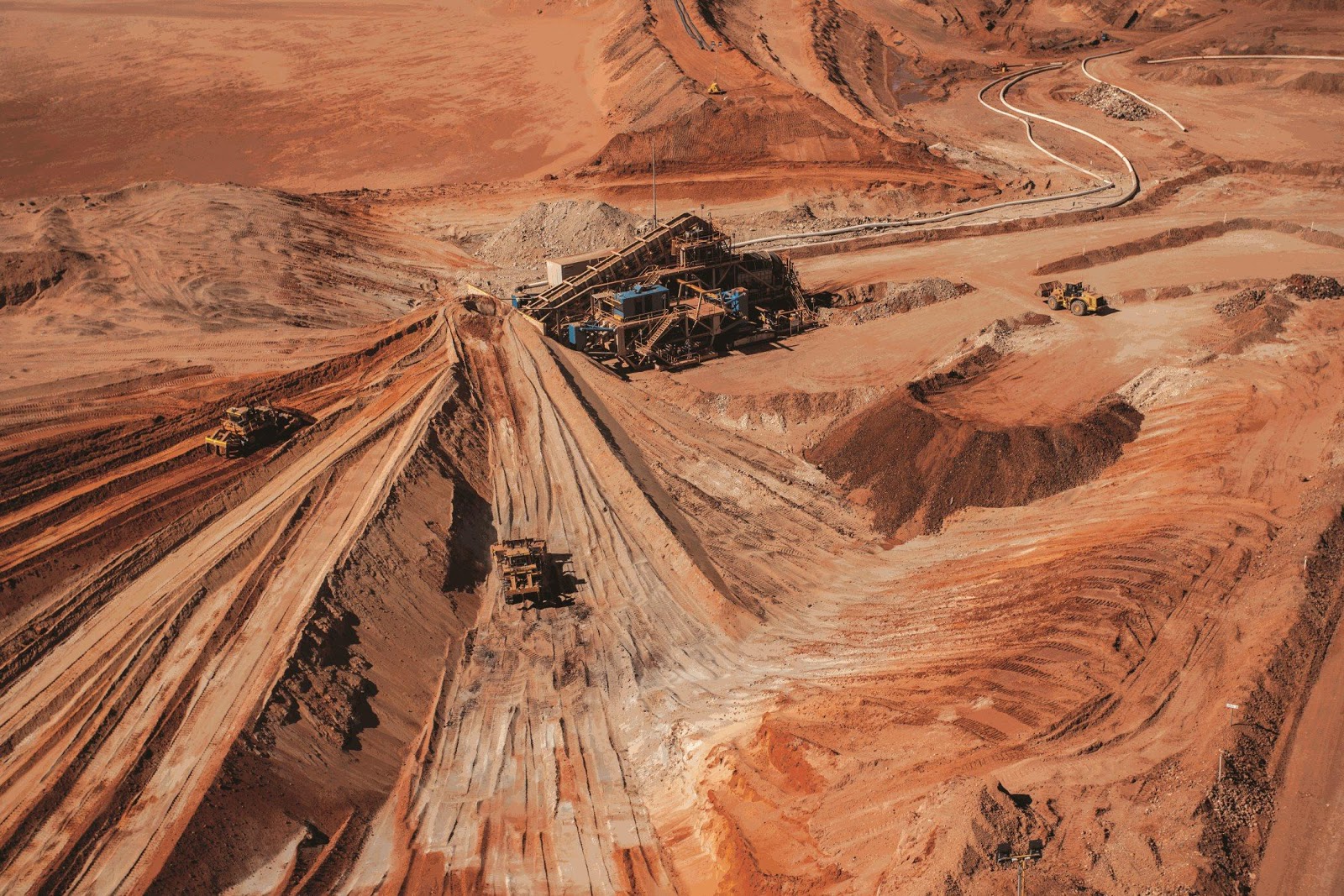Until a few days ago Sierra Rutile (ASX: SRX) was in the running for the title of float flop of the year thanks to a 50% share price plunge in the six months after listing last July, a fall blamed on the baggage of past failure.
Most investors with an interest in the titanium minerals industry, which includes ilmenite and rutile, were ignoring Sierra Rutile because of its history and because alternative opportunities in the sector were emerging, such as Sheffield Resources (ASX: SFX) and Strandline Resources (ASX: STA).
Sheffield and Strandline are putting the finishing touches to new mines in Western Australia with both hoping to catch a wave of demand from the reopening of China.
While that contest has been heating up Sierra Rutile has been deliberately keeping a low profile, even though it owns one of the world’s best rutile deposits with a 60-year (on and off) operational history and was once seen as so attractive that Iluka Resources (ASX: ILU) bought the business for US$330 million ($A475 million) in 2016.
The attraction of Sierra Rutile was an existing operation called Area 1 in the West African country of Sierra Leone, and the promise of a major nearby expansion opportunity called Sembehun.
Within a few months Iluka realised it had bitten off more than it could chew with the Sierra Leone operations bleeding cash and Sembehun shaping up as a disaster.
The solution was a corporate version of Back to the Future with Iluka re-packaging Sierra Rutile and spinning it off in an in-specie demerger which saw Iluka shareholders get one share in Sierra Rutile for each share they held in Iluka.
The restart for Sierra Rutile was uninspiring, largely because some Iluka shareholders took the opportunity to quit a business their company didn’t want and which had been a corporate embarrassment.
Outlook for mineral sands brightens on China’s reopening
The first trades of the born-again Sierra Rutile were booked on 27 July at $0.43 before sliding down to $0.18 in early December.
More recently the stock has been trending up, reaching $0.23 earlier this week, perhaps because Iluka shareholders had completed their selling but also, the outlook for mineral sands is brightening with the return of China and reports of low rutile stockpiles.
Investment bank Morgan Stanley noted in an 8 February research report that the price of high grade rutile in China had risen from US$1,630 a tonne (A$2,344/t) at the end of September to US$1,820/t (A$2,618/t)at the end of December.
Because rutile, ilmenite and other mineral sands products such as zircon, are not sold in an open market it is always difficult for investors to get a clear picture of supply, demand and price.
But Credit Suisse, another investment bank, warned earlier this week that the rutile outlook was “less rosy” than that for zircon because rising interest rates were deadening demand for housing with paint pigment being the major end market for rutile and ilmenite.
It’s with that background, which is important for any investor attracted to the titanium minerals sector, that Sierra Rutile has emerged from its post-listing bunker with management no doubt hoping the past can be forgiven, if not forgotten.
Corporate heavyweights on the board
Avoiding the mistakes of Iluka when it was in charge will be the primary aim of the team at Sierra Rutile which includes a number of corporate heavyweights not normally associated with a stock valued at just $93 million – 20% what Iluka paid for the business in 2016.
Former chairman of Iluka Greg Martin is the chairman of Sierra Leone. The managing director is Theuns de Bruyn a former BHP (ASX: BHP) executive with experience in Africa’s platinum industry. Also on the board is Martin Alciaturi, a former partner with the Ernst & Young accounting firm and a senior Macquarie Bank (ASX: MQG) executive.
The composition of the board and management of Sierra Rutile is important because there is pressure on them to succeed, if only to wipe the slate clean after Iluka’s failure.
Area 1 seen as a profitable, but short-term, operation
Stockbroking firm Morgans told clients last week that Sierra Rutile had a good business in its Area 1 operation and enjoyed a low government tax and royalty rate. It reckons the company will post a net profit this calendar year of US$54 million (A$77.7 million).
“Area 1 is a cash generative operation, with no debt, mature infrastructure and a port facility,” Morgans said.
But the broker added that Area 1 had a limited life expectancy which means Sierra Rutile will need to develop Sembehun, the project which proved too complex for Iluka.
A process of de-risking is underway at Sembehun as it heads towards a final investment decision, the broker said.
Morgans has a buy recommendation in Sierra Rutile and a 12-month price target of $0.45.
London-based Hannam&Partners pushes the Sierra Rutile boat out further with a price forecast of $0.64, describing the stock as an “established high-grade titanium dioxide feedstock producer with undervalued cash flow and robust growth.”
For investors, those optimistic broker comments need to be weighed against the problems encountered by Iluka when it was the owner of the business with some comfort coming from pressure on Sierra Rutile’s board and management to not repeat history.





Leave a Reply